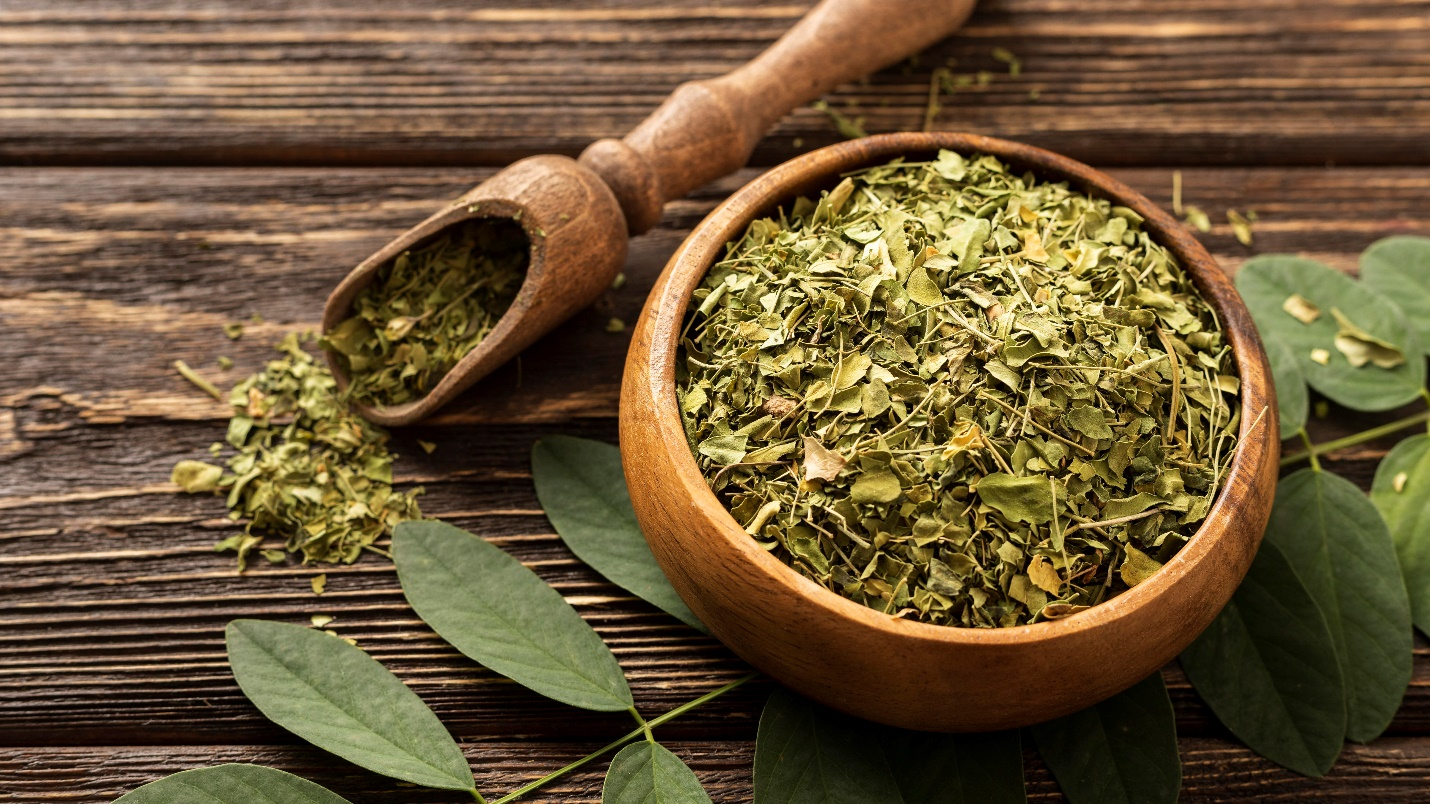India is one of the largest and most diverse markets for travel and tourism, offering a wide portfolio of niche products such as cruises, adventure, medical, wellness, sports, MICE, eco-tourism, film, rural, and religious tourism. Spiritual tourism has gained particular prominence, attracting both domestic travellers and the Indian diaspora. States like Uttar Pradesh are developing religious tourism circuits, while Uttarakhand and West Bengal are enhancing infrastructure for pilgrims to facilitate this growing segment.
The country has also emerged as the most digitally advanced traveller nation, with consumers relying extensively on digital tools for planning, booking, and experiencing journeys. A rising middle class, coupled with increasing disposable incomes, continues to fuel both domestic and outbound travel.
India ranked 39th in the Travel and Tourism Development Index (TTDI) 2024 published by the World Economic Forum, underscoring its growing global presence. The Indian hospitality sector is expected to sustain steady momentum, with revenue growth projected at 7-9% in FY25 and 6-8% in FY26. Premium hotel occupancy is forecast to improve from 70-72% in FY25 to 72-74% in FY26, supported by strong domestic demand across leisure, MICE, and business travel (ICRA).
According to the World Travel & Tourism Council (WTTC), the sector contributed Rs. 21,15,000 crore (US$ 250.2 billion) to India’s GDP in CY24 and is on track to grow to Rs. 43,25,000 crore (US$ 511.5 billion) by CY34, supporting nearly 63 million jobs. For 2025 alone, WTTC forecasts a record-breaking year, with the sector’s economic contribution set to exceed Rs. 22,00,000 crore (US$ 257.4 billion) and employment reaching more than 48 million.
Tourism activity is already reflecting this momentum. Indian airlines carried more than 1.36 crore passengers in June 2025, while Foreign Tourist Arrivals (FTAs) touched 26.1 lakh during January-March 2025 and 6.26 lakh in April 2025. Foreign Exchange Earnings (FEE) during January-March 2025 were Rs. 78,715 crore (US$ 9.09 billion). Within this, medical tourism remains a strong segment, with 1,31,856 FTAs recorded for medical purposes between January and April 2025, accounting for 4.1% of the total arrivals.
Overall, tourism supported 46.5 million jobs in 2024 (9.1% of India’s employment) and is expected to cross 48 million in 2025 and nearly 64 million by 2035. With rising demand, stronger infrastructure, and policy support, India’s travel and tourism industry is projected to expand at an annual growth rate of 7.1%.
Indian airlines and hotels are progressively accommodating pet owners, experiencing a notable surge in flight and accommodation bookings, which have risen by double digits in FY25. Industry data indicates that pet-related bookings for flights and hotels have increased year-over-year by between 26% and 43%.
The Central Government is promoting lighthouse tourism under Maritime India Vision 2030 and Amrit Kaal Vision 2047, investing Rs. 60 crore (US$ 7 million) to develop 75 lighthouses with modern amenities such as museums, amphitheaters, and parks, blending heritage with recreation.
India's wellness tourism industry is experiencing significant growth, valued at Rs. 1,64,027 crore (US$ 19.4 billion) and projected to reach Rs. 2,51,959 crore (US$ 29.8 billion) by 2031, with a CAGR of 6.5%.
The percentage share of foreign tourist arrivals in India during April 2025 among the top five source countries was highest from USA (16.3%), followed by UK (13.5%), Australia (6.1%), Canada (4.8%) and Bangladesh (4.6%).
In 2024, domestic visitor spending reached Rs. 15,50,000 crore (US$ 185.60 billion), 22% higher than 2019 levels. This is projected to rise further to Rs. 16,80,000 crore (US$ 200.17 billion) in 2025, fueled by younger demographics, higher disposable incomes, and a stronger post-pandemic preference for local exploration.
International visitor spending in India rose to Rs. 3,10,000 crore (US$ 36.80 billion) in 2024, up from Rs. 2,80,000 crore (US$ 33.10 billion) in 2019 and is projected to reach Rs. 3,20,000 crore (US$ 37.47 billion) in 2025.
Cumulative FDI equity inflow in the Hotel and Tourism industry is Rs. 1,17,787 crore (US$ 13.78 billion) during the period April 2000-March 2025. This constitutes 2.54% of the total FDI inflow received across sectors.
The G-20 Presidency will give India’s tourism sector an unparalleled opportunity to highlight India’s tourism offerings and share India’s tourism success stories on a global stage.
Tourism Ministry has undertaken the ‘NamasteIndia’ Campaign for encouraging international visitors to travel to India.
India’s Union Budget FY26 has allocated Rs. 2,541.06 crore (US$ 291.07 million) to boost its tourism sector, focusing on improving infrastructure, skill development, and travel facilitation through measures like developing 50 top tourist destinations, offering MUDRA loans for homestays, enhancing connectivity.
Luxury travelers have the highest average spend per person as per the Skift-FICCI report at Rs. 3,52,656 (US$ 4,041)*, the total revenue generated by this segment stands at Rs. 86,324 crore (US$ 10.1 billion)*.
Sarovar Hotels is set to launch Nepal's largest hotel, featuring 304 rooms under the Royal Tulip brand, in the first half of CY25.
The budget also supports sustainable tourism with the Swadesh Darshan Scheme 2.0, promotes medical tourism under "Heal in India," revitalizes spiritual tourism, and preserves heritage through the Gyan Bharatam Mission, aiming to drive employment and economic growth.
The Ministry of Tourism launched the Swadesh Darshan Scheme to develop theme-based tourist circuits, sanctioning 76 projects. Upgraded to Swadesh Darshan 2.0 (SD2.0), it targets sustainable tourism, selecting 57 destinations for development, with States/UTs preparing plans accordingly.
The Prime Minister Mr. Narendra Modi inaugurates and unveils 52 tourism sector projects valued at over Rs. 1,400 crore (US$ 168.5 million) under the Swadesh Darshan and PRASHAD Scheme.
Accor, a French hospitality major will expand its India portfolio by adding nine additional hotels in the mid-scale and economy categories, bringing the total number of hotels to 54 in India.
The Medical Tourism sector is expected to increase at a CAGR of 21.1% from 2020-27.
The Ministry of Tourism has undertaken Destination Based Skill Development training programme at various places in the country to train, local people residing near the tourist sites and destinations. Around 12,187 candidates have been trained at 145 destinations.
The Ministry of Road Transport and Highways has introduced a new scheme called ‘All India Tourist Vehicles Authorisation and Permit Rules, 2021’, in which a tourist vehicle operator can register online for All India Tourist Authorisation/Permit. This permit will be issued within 30 days of submitting the application.
The United Nations World Tourism Organisation selected Pochampally in Telangana as one of the best tourism villages in November 2021.
OYO invests Rs. 86.69 crore (US$ 10 million) to enhance G6 Hospitality’s digital assets, aiming to boost direct bookings and expand its US footprint with 150+ new hotels by 2025.
In March 2024, MakeMyTrip revealed a partnership with the Department of Tourism, Madhya Pradesh, and redBus to boost tourism in the region, aiming for sustainable development and positioning Madhya Pradesh as a premier destination.
In March 2024, Indian Hotels Corporation Ltd (IHCL) has announced plans to recruit approximately 2,000-2,500 employees in the fiscal year 2025. This expansion of the workforce aligns with IHCL's ambitious plans, which include a pipeline of 85 hotels.
As of February 2024, Ayodhya is anticipated to host between 50 to 100 hotels over next 3 to 4 years. The city, acclaimed as a global religious destination, is primed for substantial development, with Taj Hotels poised to establish its fourth property in the area.
In December 2023, IHCL expanded its presence in Maharashtra as it signed a hotel in Bandra, Mumbai. The Brownfield project will be branded an IHCL- SeleQtions hotel.
In December 2023, TAJ won the ‘World’s finest luxury grand palaces’ award at the ‘101 Best Executive Summit’ in Germany.
In November 2023, Indian Hotels Company (IHCL) announced the opening of Ginger Mumbai, Airport. The 371 Keys flagship Ginger hotel, strategically located near the domestic airport will introduce the brand’s lean luxe design and service philosophy of offering a vibrant, contemporary, and seamless hospitality experience to its guests.
In September 2023, Mahindra Holidays & Resorts (MHRIL) signed an MOU with the Government of Uttarakhand (UK) to invest Rs. 1,000 crore (US$ 120.16 million) and build 4-5 large marquee resorts over the next few years in Uttarakhand.
The facility for e-tourist visa has been extended to passengers arriving at these ports of Mumbai, Mormugao, Mangalore, Kochi, and Chennai and immigration counters have been set up at five major ports visited by cruise ships, thus facilitating the cruise passenger arrivals at the seaports.
‘Medical Visa’ has been introduced, which can be given for specific purpose to foreign travellers coming to India for medical treatment. ‘E-Medical Visa’ has also been introduced for 166 countries.
India has invested heavily in AYUSH and is in a unique position to attract medical value travellers for a cure through AYUSH and for enhancing wellness.
In 2024, India issued 4,63,725 medical visas, a significant increase from 3.75 lakh in 2019.
Additionally, India issued 173 AYUSH visas, 221 AYUSH e-visas, and 17 AYUSH attendant visas in 2024 to support wellness tourism under traditional medicine systems like Ayurveda and related practices.
India’s medical tourism market is expected to grow from Rs. 1,55,555 crore (US$ 18.2 billion) in 2025 to Rs. 4,97,435 crore (US$ 58.2 billion) by 2035 (CAGR 12.3%), driven by advanced clinical care combined with traditional wellness like Ayurveda, supported by the ‘Heal in India’ initiative and expanded medical visas.
Cruise tourism is one of the most vibrant and fast-growing sectors of the leisure and travel industry. The Indian government has estimated that India would emerge with a market size of 1.2 million cruise visitors by 2030-31.
Moreover, India is looking to take advantage of its 7,500 km coastline to tap the growth potential of the cruise tourism segment.
Ministry of Tourism is funding the development of cruise terminals, lighthouses, and other tourist infrastructure in several coastal locations to promote domestic and international cruise terminals at selected ports by 2023.
Ministry of Tourism has also sanctioned US$ 27.7 million for various projects towards the development of Cruise Terminals and related infrastructure in different States at the major ports under the scheme for ‘Assistance to Central Agencies for Tourism Infrastructure Development.
National strategy and roadmap for the development of rural tourism aims at prioritization of rural tourism at the national level.
This can benefit the local community economically and socially and facilitate interaction between tourists and locals for a mutually enriching experience.
India has rich natural and eco-tourism resources ranging from pristine forests, the snow-clad Himalayas, montane grasslands, golden and silver deserts, rivers, lakes, wetlands, mangroves, beaches, volcanoes and corals, housing tremendous biodiversity.
India’s travel and tourism sector is on a strong growth path, fuelled by rising domestic demand, global interest, and supportive policies. With world-class infrastructure, digital adoption, and diverse offerings spanning wellness, medical, spiritual, and experiential travel, India is well-positioned to emerge as a leading global destination in the coming decade, driving jobs, investments, and cultural exchange.
Note: * - Data as of February 2025














